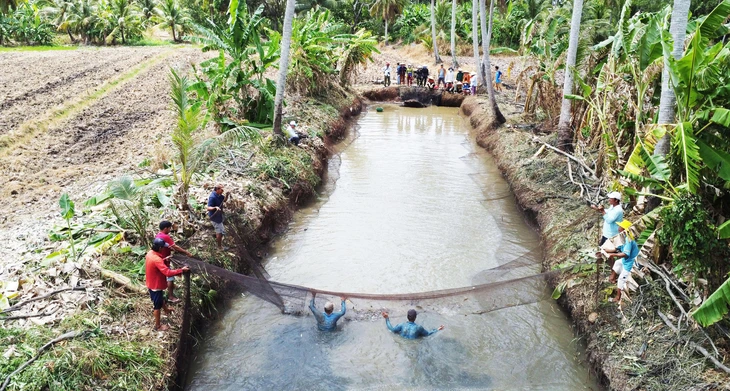
Pond is a low-lying area of rice fields for fish to take shelter during the dry season - Photo: THANH HUYEN
The fertile land of U Minh Ha is endowed by nature with many products, including freshwater fish which are becoming increasingly rare and precious. And the hard work of catching fish in the ponds during the dry season is not only to catch fish but also a beautiful feature of the village love of the people of Ca Mau that has been passed down to this day.
1. People from other regions may find the word pond strange, but in reality, who in this land does not know ponds as well as humming three lines of vọng cổ? Ponds (also called ponds) are 2-4m deep, depending on the land area, people can dig them 5-10m wide and at least double or triple that length.
After the war, large bomb holes or double bomb holes (two bombs dropped next to each other) can also be called ponds if people take advantage of them to let fish gather naturally or raise them as they did later.
Since the time our ancestors opened the land, they have known the characteristics of fish that often retreat to deep depressions during the dry season to take shelter and go to the fields to reproduce during the rainy season. The pond fishing season begins after the rice is harvested, the fields dry up, and farmers have free time to catch fish to sell, eat, and have fun after the harvest.
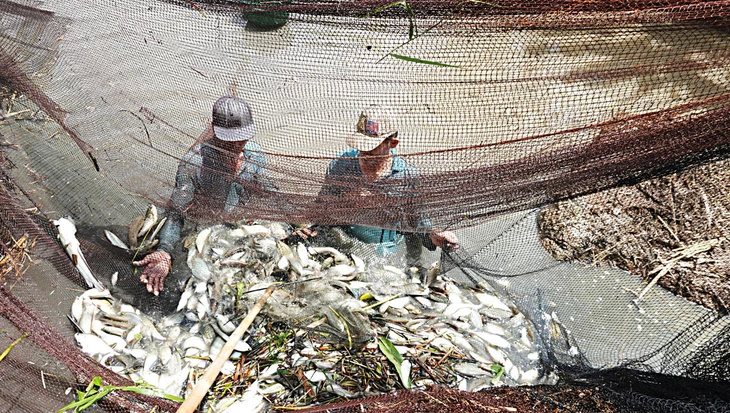
After being pushed to the corner of the net, the fish will be picked up and selected by the people.
Mr. Dinh Van Ut (Trum Thuat Hamlet, Khanh Hai Commune, Tran Van Thoi District, Ca Mau) said that in the past, the vast U Minh land including this area had countless freshwater fish. This was also the hometown of Uncle Ba Phi, where the story of a snakehead fish eating a huge dry coconut that had fallen down originated.
"Nowadays, there are not as many fish as before, but our people still maintain the method of catching fish by working together to catch fish in ponds (each household helps another household without compensation, and when needed, everyone helps back). This method is suitable for the current labor shortage in rural areas," said Mr. Ut.
Mr. Ut's family has 2 hectares of rice fields. Thanks to the machinery that surrounds the banks, the fish can swim freely during the flood season and retreat to the ponds during the dry season. Every year, during the fishing season, Mr. Ut earns about 20 million VND from the two fish ponds.
This year, Mr. Ut also went to work with four neighbors who have ponds.
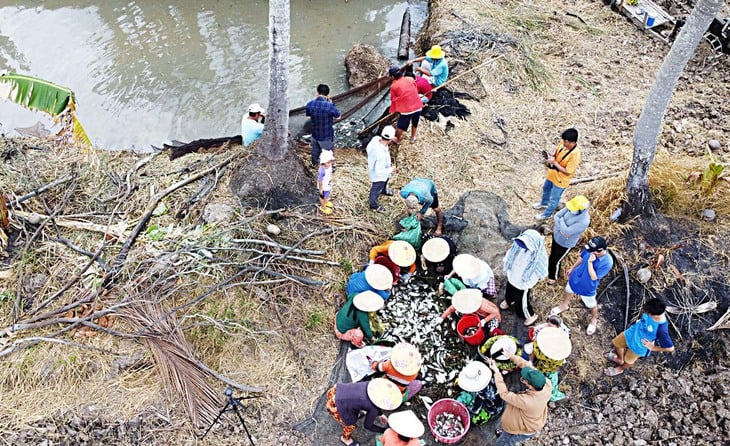
Many women gathered in groups to choose fish.
2. Ms. Vu Thi Hien, a neighbor, said: "After taking pictures of the fourth house, Mr. Ut announced the day to take pictures of his house, so today my brothers and I were here early in the morning to prepare to do it again to help Mr. Ut."
This woman from Uncle Ba Phi's hometown happily showed off another rare pleasure.
"Pond fishing is so much fun. The pond owner must clear the palm branches under the pond and clear the surrounding grass the day before. The reed pins must be prepared in advance, and everyone will bring the nets.
Early in the morning, they go down to the net to catch fish to sell to the market. Men do the heavy work of setting the net and catching fish, women choose and prepare the fish.
In the middle of the pond shooting stage, waiting for the fish to come up to the net, the men can sip a few glasses of rice wine with the snakehead fish they catch from the mouth of the pond when they lower the net and the fish jump up. The women chat about the crops, husbands and children.
To capture the pond, use a net wider than the pond mouth to cover the entire water surface, then slowly lower the net about half a meter from the bottom of the pond, then use small bamboo branches or reeds, bend them in half, and pin the edge of the net to the edge of the pond.
Pinning the net requires an experienced person, because the edge of the net must be left close enough to the pond bank for the fish to rise to the surface of the net to breathe without being able to return to the bottom of the pond.
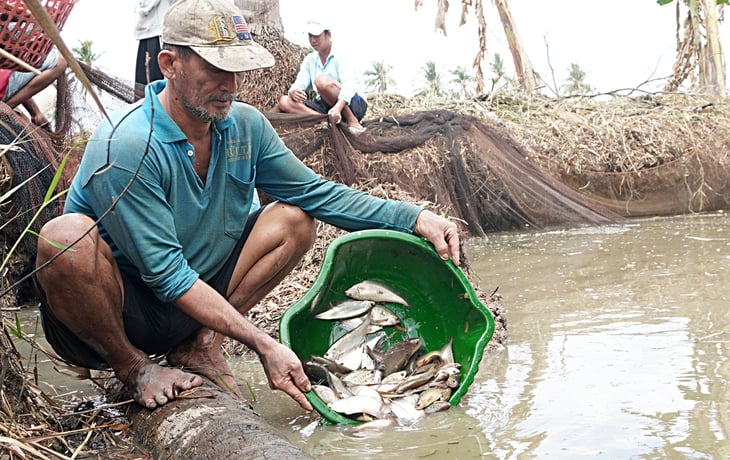
Small fish are released back to provide a source of larger fish and reproduction for the following season.
After pinning the net, the pond photographer will wait about two hours for all the fish to come up and lie flat on the net surface. At this time, the photographer will pull the two edges of the net up and pin them on the pond bank, then pull the net to gather the fish to one end of the pond and use a net to scoop the fish up.
This way, fish smaller than the mesh size of the net will fall back into the pond. The pond owner will only catch the big fish, leaving the small fish for next season.
Pulling the net was the most exciting time because the fish in the net kept jumping around trying to escape. People on the shore chose the biggest ones to "reserve" so that they could catch them later and grill them to chat about something. The host always generously chose the biggest fish to treat the fishermen. The fish that were big enough were classified and sold to traders.
When returning, the homeowner did not forget to pack some delicious fish for the neighbors as gifts for the children or the elderly who could not go fishing.
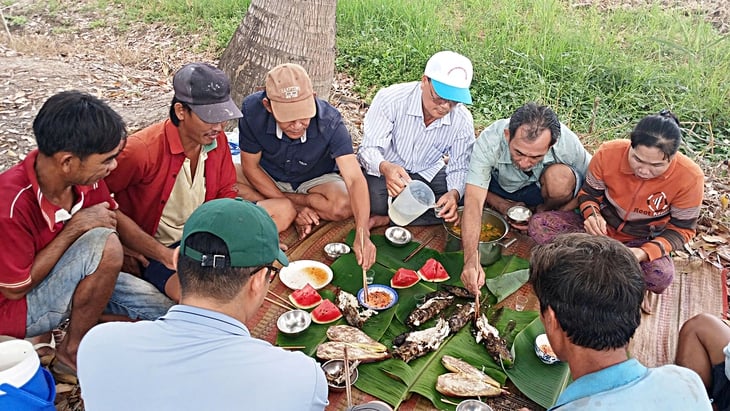
Simple and fun grilled fish reward for neighbors helping take pictures of the pond
The photo session ended with a reward for everyone with a grilled fish party on the shore and a few glasses of strong rice wine.
After helping the pond owner with the fish, the mothers and sisters would make a pot of fish porridge or a bowl of bitter vegetable soup that they had picked up from the fields, so that they could sit together and happily discuss which pond they would take pictures of next.
Source: https://tuoitre.vn/mua-chup-dia-xu-bac-ba-phi-2025050310041542.htm


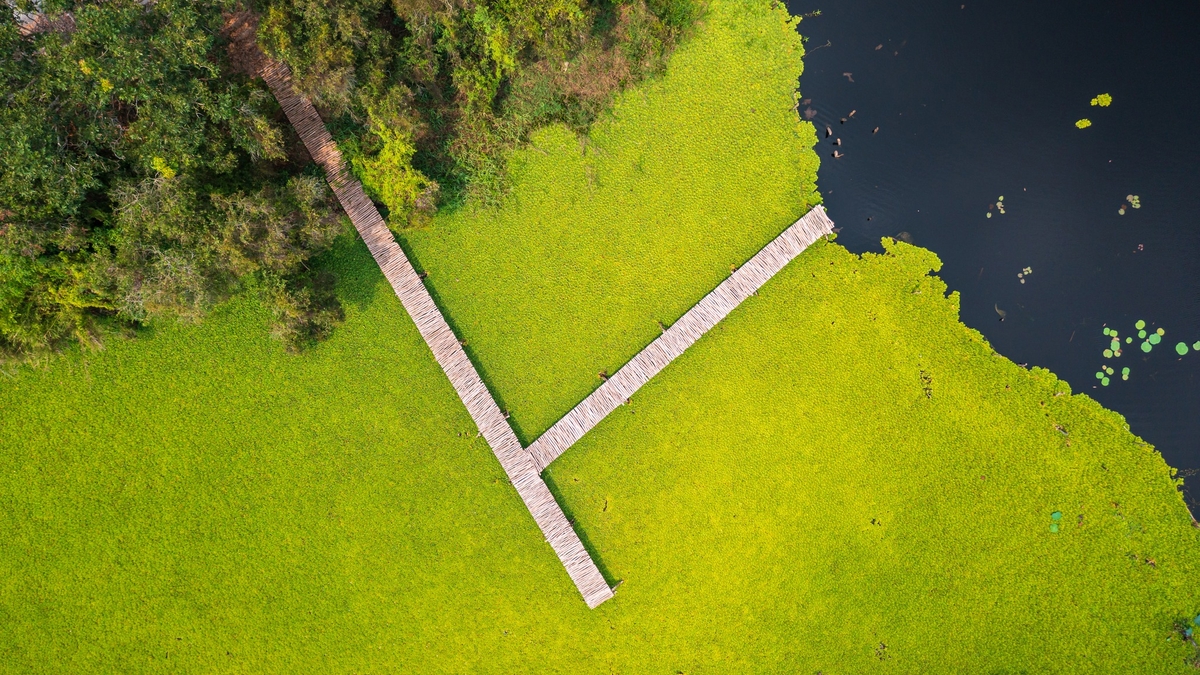

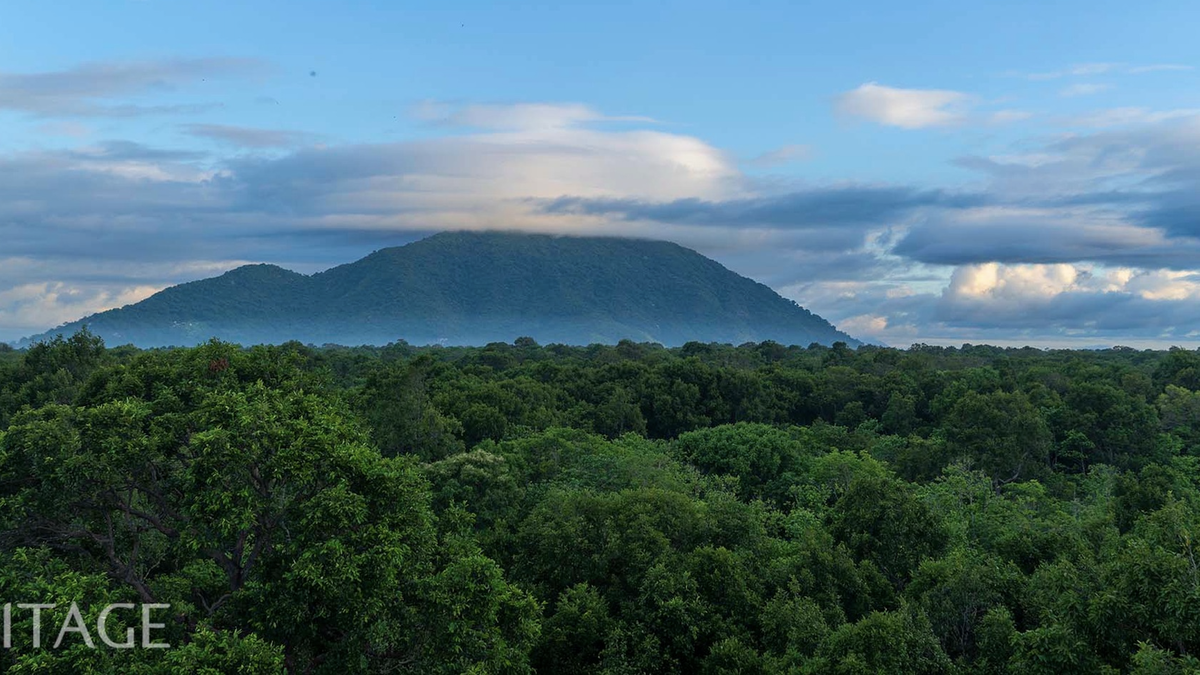
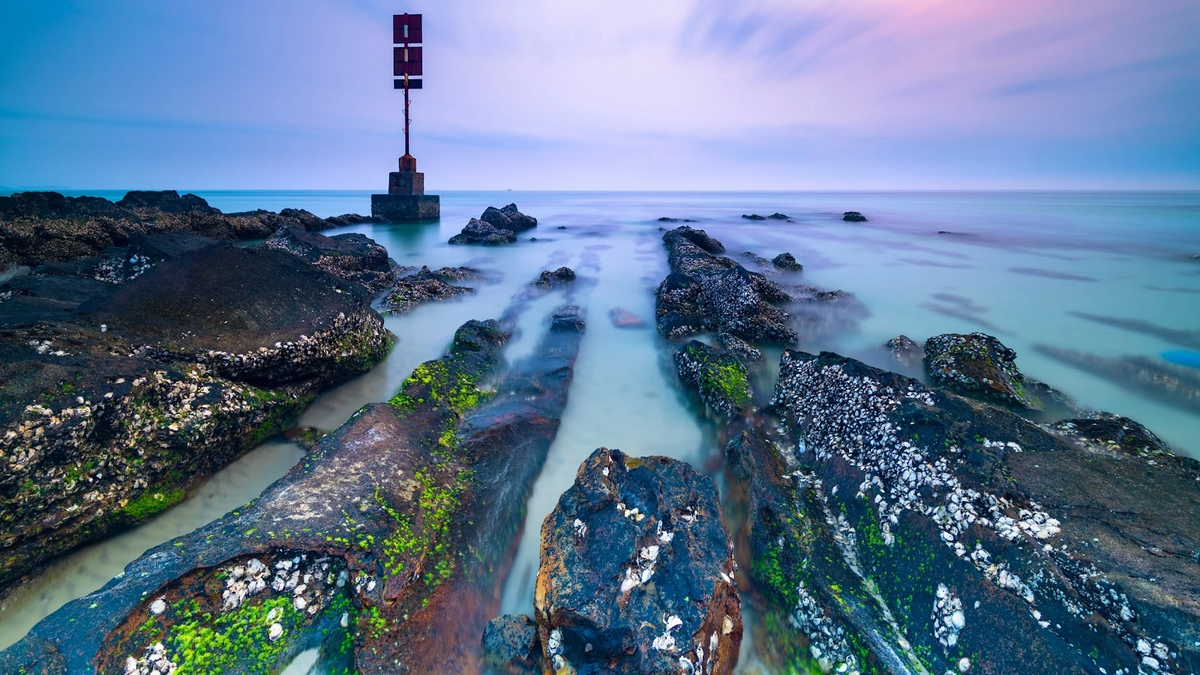
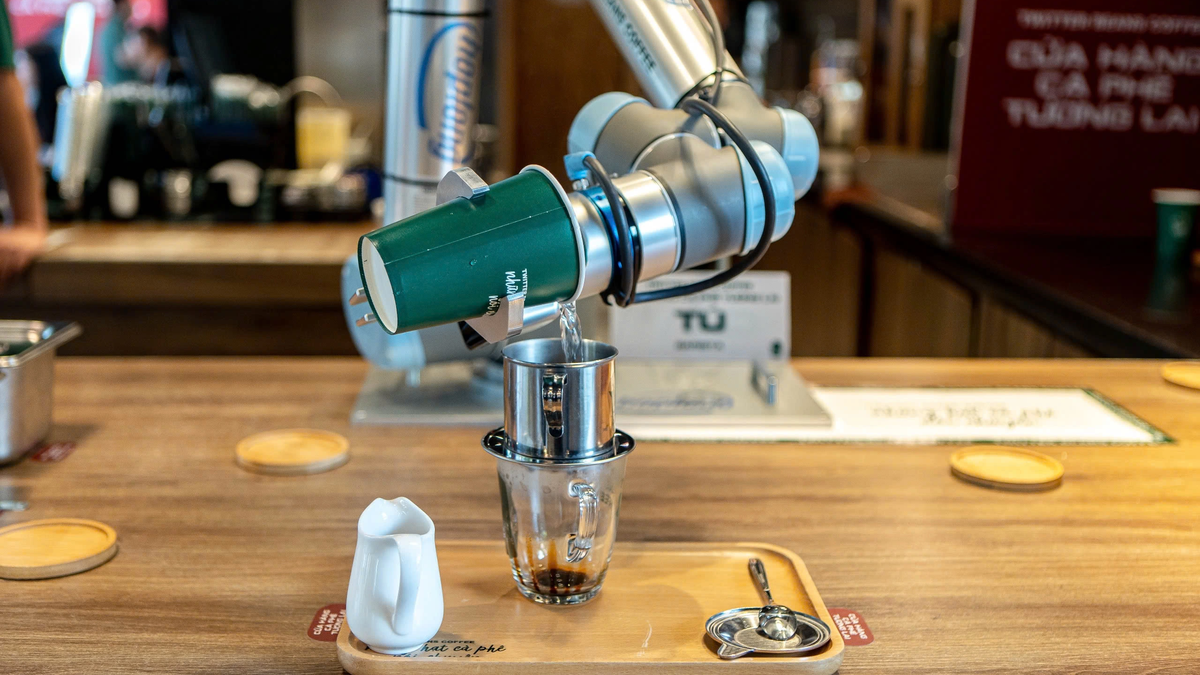
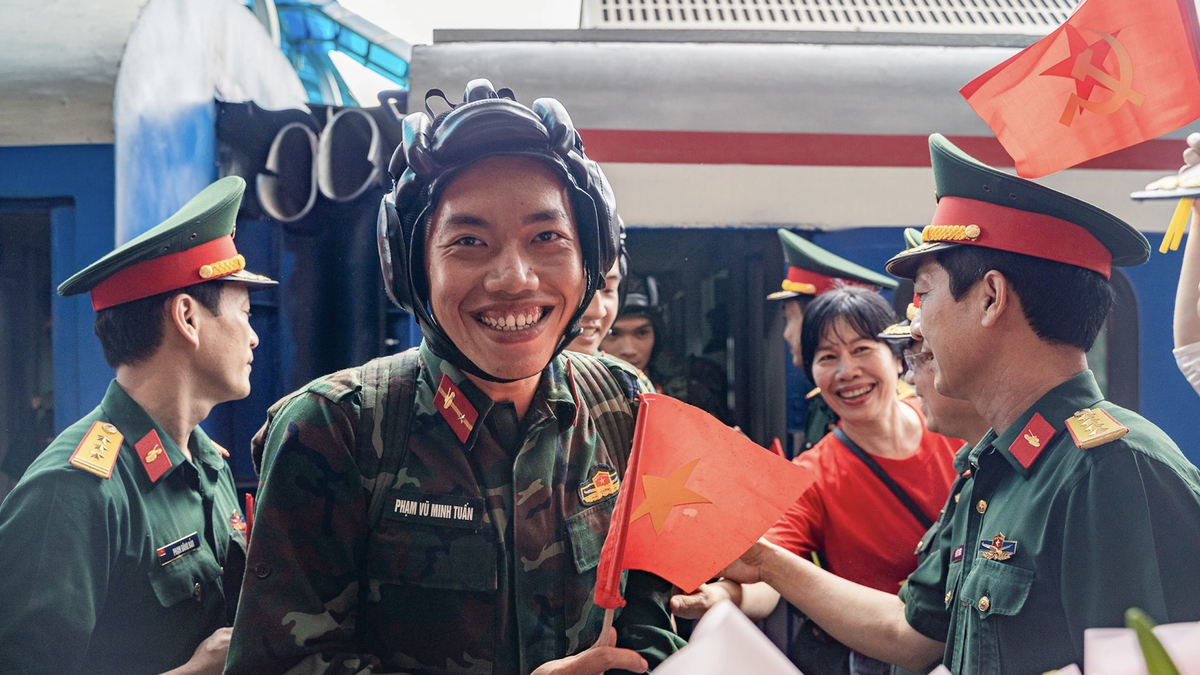
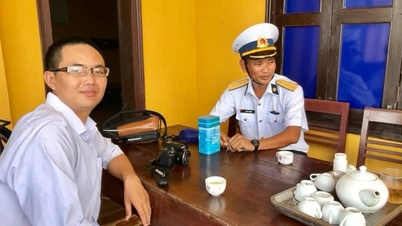



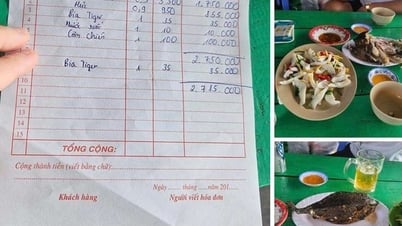
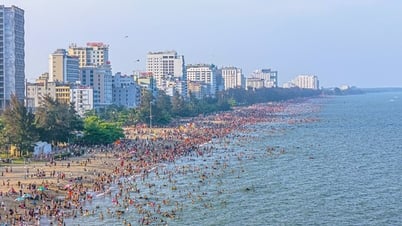





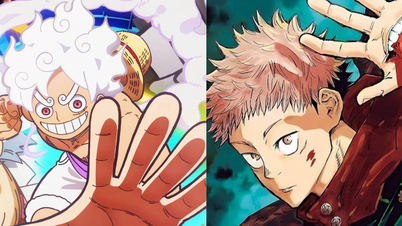

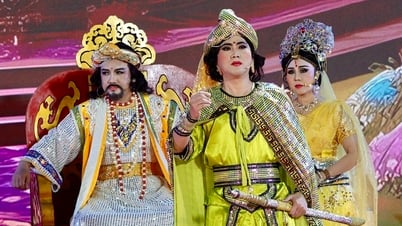
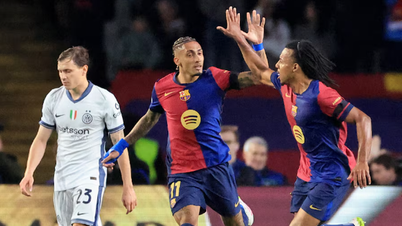
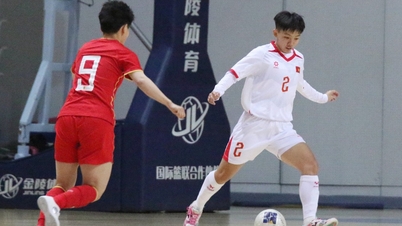

![[Photo] Thousands of Buddhists wait to worship Buddha's relics in Binh Chanh district](https://vphoto.vietnam.vn/thumb/1200x675/vietnam/resource/IMAGE/2025/5/3/e25a3fc76a6b41a5ac5ddb93627f4a7a)






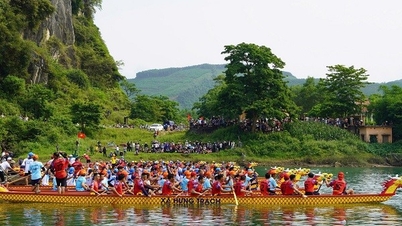



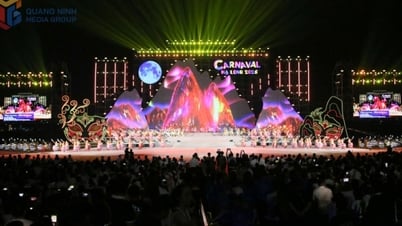




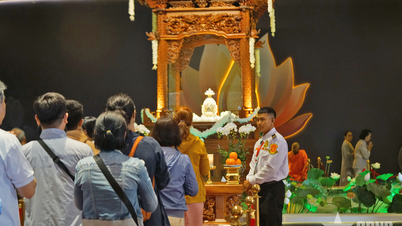

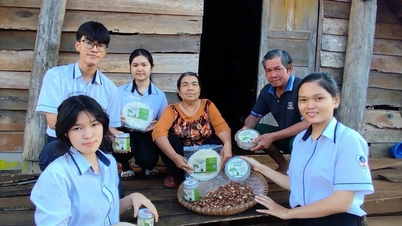


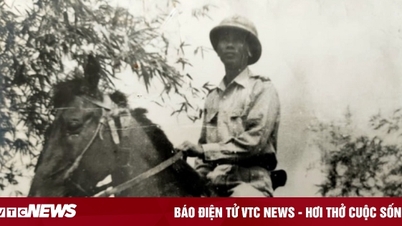









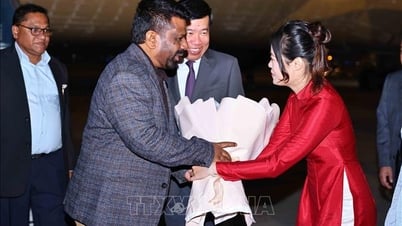



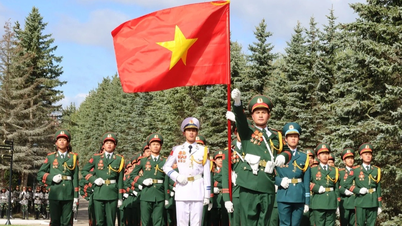



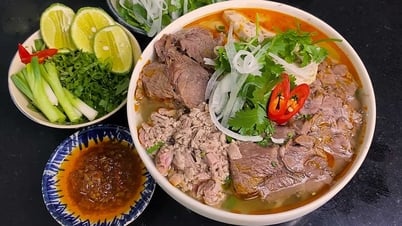









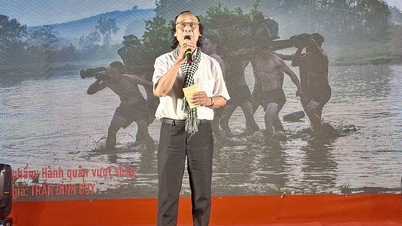






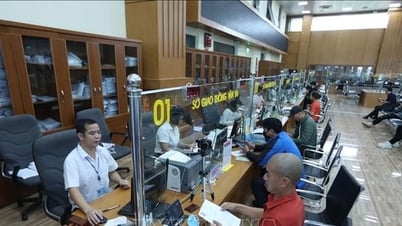
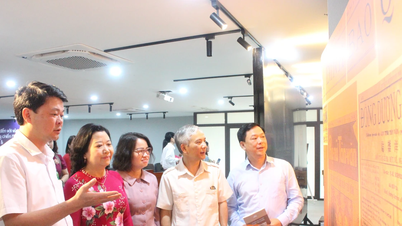

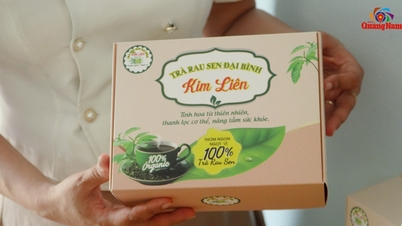







Comment (0)